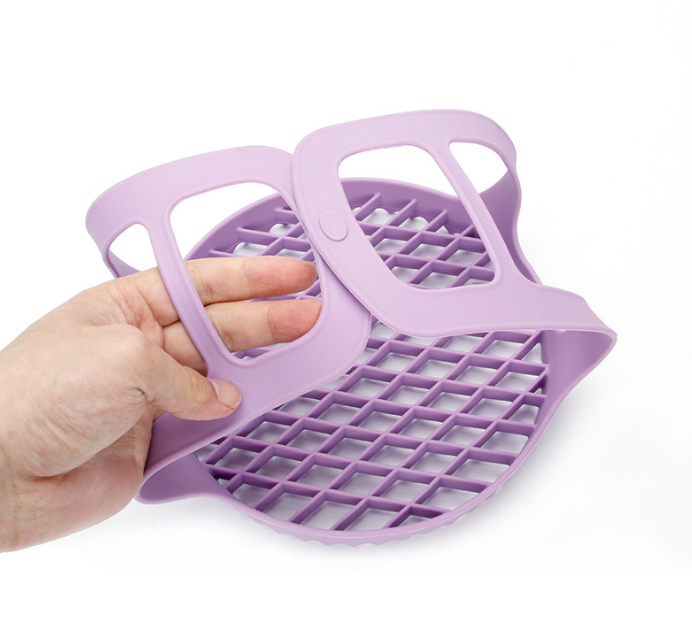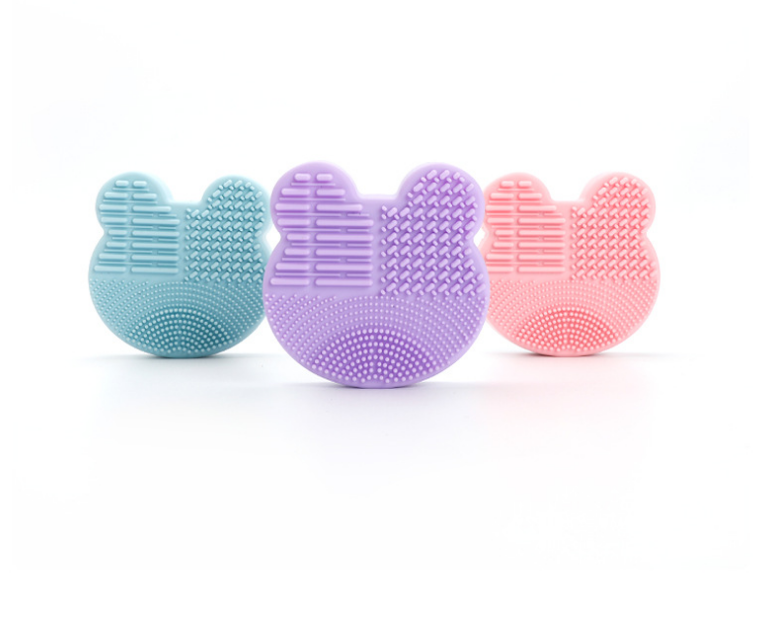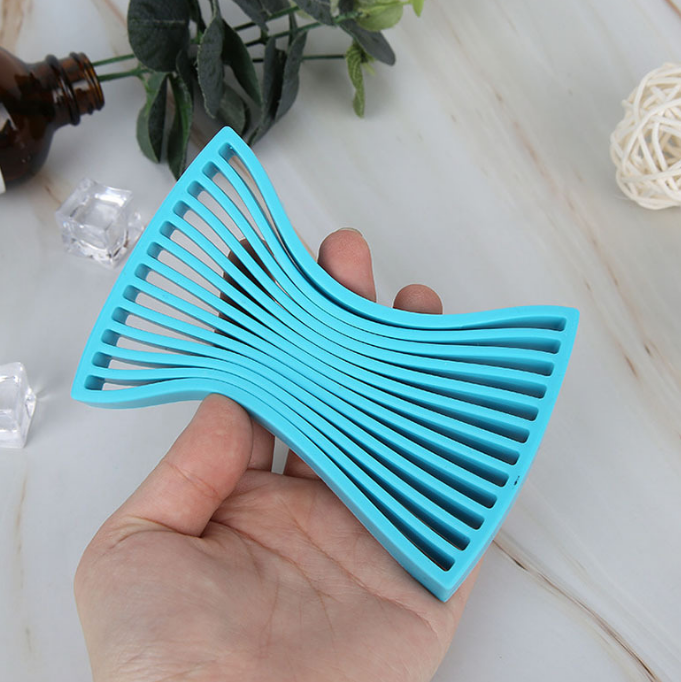
Privacy statement: Your privacy is very important to Us. Our company promises not to disclose your personal information to any external company with out your explicit permission.
Ms. Apple Han
O que posso fazer por você?

FEATURES - Tip nozzle designs with cup ears, more Convenience and easy to use, high grade of transparency, easy to pour from, mixing, coloring FUNCTION - The mini silicone cup is used for dividing epoxy resin into silicone molds or colour modulation, it can act as a silicone mold to make a cup-shape craft too APPLICATION - Perfect for earrings, necklace, bracelet, charms, key-chain and other jewelry pendant making MATERIAL - Made of food grade silicone, safe, sturdy, durable and reusable
Pemano wrote "People's interest in two-dimensional materials, I am afraid that no one can be compared with the two-dimensional version of silicon - "silicon". Silicon is attractive for 50 years, the silicon material carrying the flourishing development of computer technology The performance of graphene, which is a two-dimensional version of carbon with similar properties on the periodic table of the elements, is so magical that it is enough for scientists to hurry and try. Silyene is different from graphene in that The band characteristics make it more suitable for use in digital circuits that require current switching.
In addition, the characteristics of silicon as a semiconductor material such as superconductivity make the siliconene more noticeable - of course, depending on whether people can solve the manufacturing problem - siliconene is notoriously difficult to manufacture.
Researchers at the University of Wollongong in Australia recently wrote an article in the journal Science Advances that successfully solved one of the difficulties: how to quickly peel off the silicon from the substrate. Siliconene is firmly grown on the metal substrate and is very thin, and it is difficult to peel using mechanical methods. The key to the new technology is the doping of oxygen molecules into the lower layer of siliconene, effectively separating the upper layer of siliconene from the metal matrix.
The researchers used the ultra-vacuum environment provided by the scanning tunneling microscope, where the molecular flow of oxygen was not obstructed and the precise position of injection was controlled.
The researchers believe that this technology will help design and fabricate silicon-based nanoelectronic devices and spintronic devices in the future.




July 29, 2024
May 23, 2023
May 16, 2023
June 17, 2022
May 27, 2022
Enviar e-mail para este fornecedor
July 29, 2024
May 23, 2023
May 16, 2023
June 17, 2022
May 27, 2022

Privacy statement: Your privacy is very important to Us. Our company promises not to disclose your personal information to any external company with out your explicit permission.

Fill in more information so that we can get in touch with you faster
Privacy statement: Your privacy is very important to Us. Our company promises not to disclose your personal information to any external company with out your explicit permission.